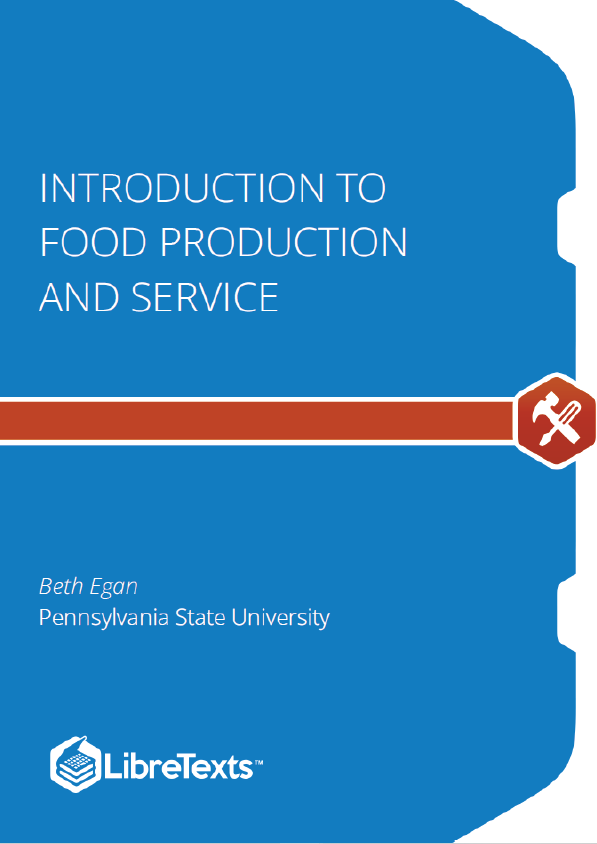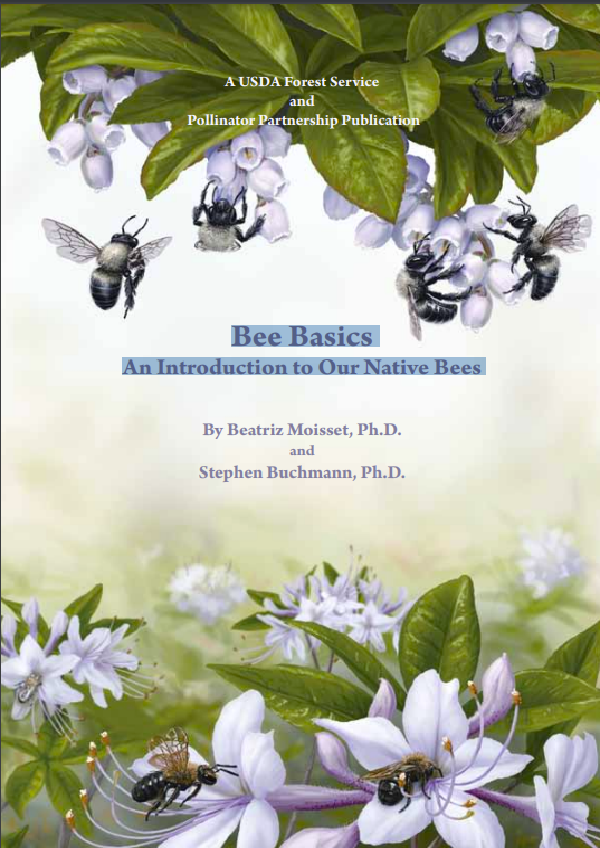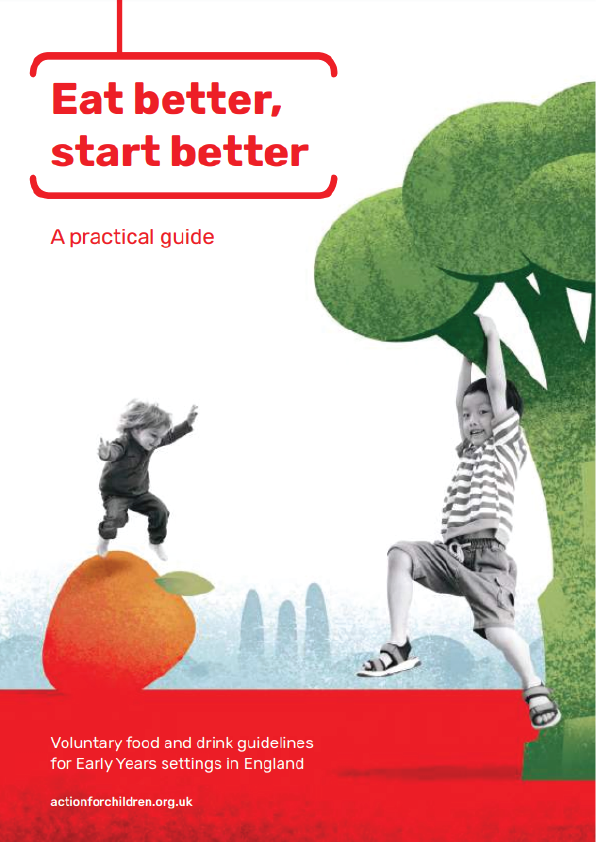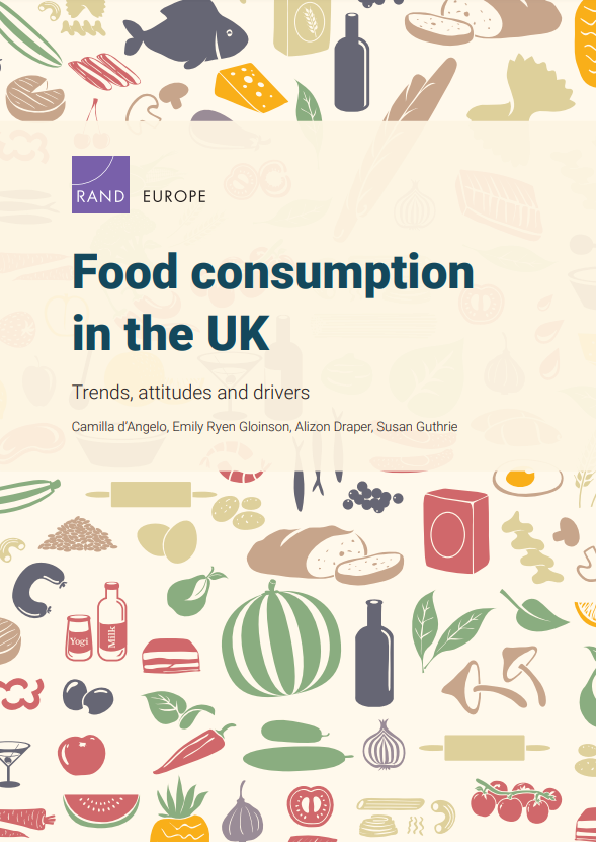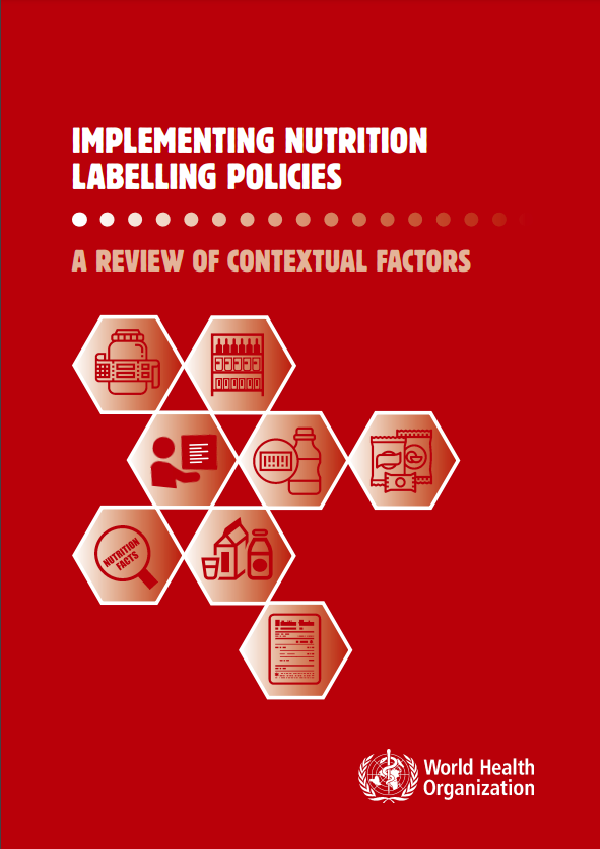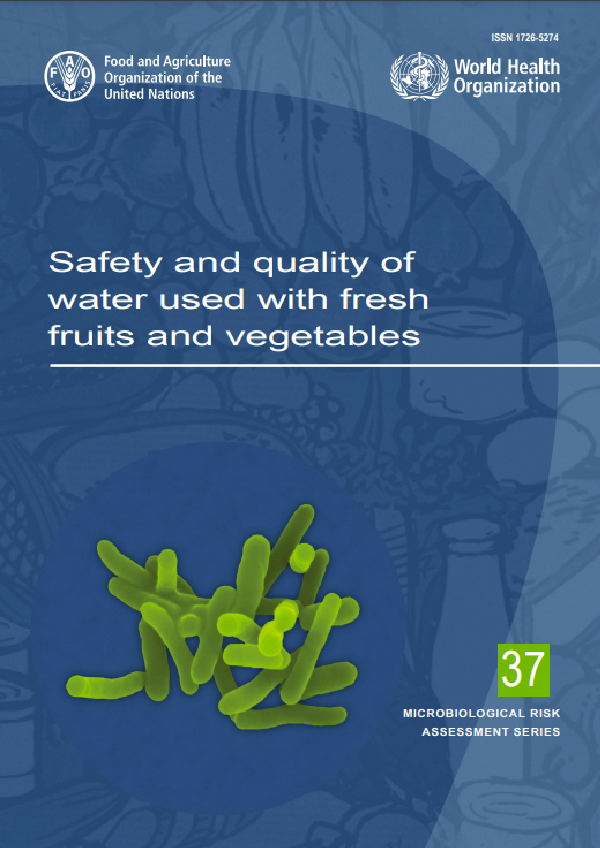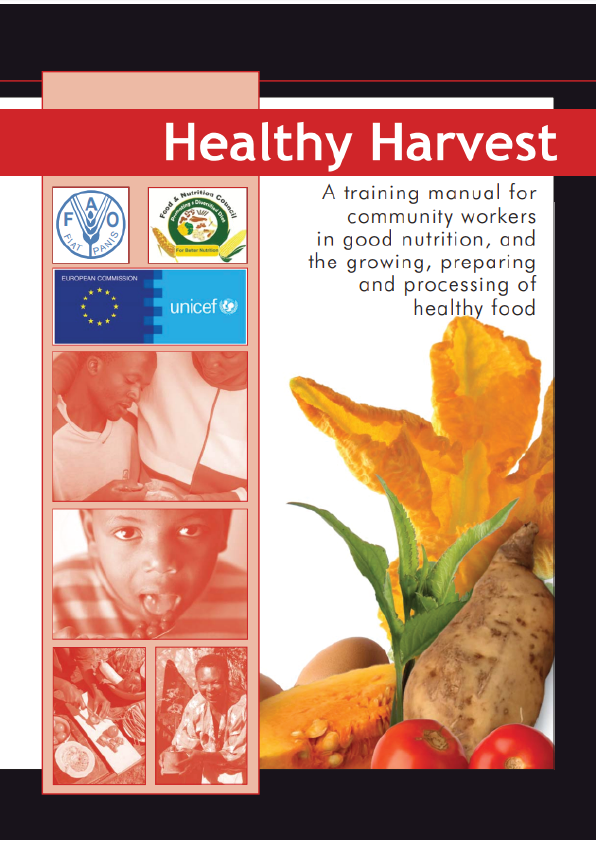This book has been prepared for students studying hospitality management in the School of Hospitality Management at The Pennsylvania State University. Thanks to content contributions from Kimberly Cooper, Beth Mincemoyer Egan, Mitchell Lawson, Jean Pierre Ranjeva, George Ruth, and the TLT – Open Educational Resources staff.
Introduction to Revenue and Expense
It is not enough to merely provide outstanding products and services in the foodservice industry. Managers must also create and maintain profitable food service operations. Simply put, driving revenue, while controlling expenses.
In the most basic terms, revenue is money or dollars brought in to the operation, also known as sales. Expenses are the costs associated with doing business and must be paid out to suppliers, the landlord, local government, etc. The basic formula is as follows:
All foodservice operations have expenses, but not all have “sales.” Some non-profit onsite foodservice operations provide their products to guests as part of a larger operation. For example, patients in the hospital don’t pay for each of their meals individually, prisoners don’t pay for their meals, and a few businesses provide an employee cafeteria where the food and beverage are free to the employee. In these situations, the revenue comes from some overall organization budget and participation may be measured instead of revenue. Even in these kinds of operations, managers typically must still work within their revenue budgets.
For example, patients in the hospital don’t pay for each of their meals individually, prisoners don’t pay for their meals, and a few businesses provide an employee cafeteria where the food and beverage are free to the employee. In these situations, the revenue comes from some overall organization budget and participation may be measured instead of revenue. Even in these kinds of operations, managers typically must still work within their revenue budgets.
Revenue Streams
Sales of food and alcohol
The selling of food and beverage is obviously the main source of revenue. Proper marketing of the foodservice operation is also vital. Simply put, there are four different ways to make more money in the food service industry. 1) Bring in more customers. 2) Get them to come back, or purchase more often. 3) Get them to bring others with them. 4) Get them to spend more while they are there (increase the average check).
Upselling
Employees should be trained in proper techniques as they relate to upselling. Upselling is when we get customers to order “extra items”. An example of unsellable items would be: appetizers, desserts, coffee, both alcoholic, and non-alcoholic beverages, or menu add-ons, like mushrooms for their steak, extra or higher priced sides for their meal, such as fries instead of chips, etc. Can you think of a time when a server practiced upselling on you?
Meeting Room Rental Space, or “Buy-outs”
One way that a foodservice operation can bring in more revenue is by collecting money for private dining rooms. Buy-outs are another way that a restaurant can make more money. A buy-out is where the food service operation sells the entire property for the evening. It is important to understand what you would charge on a particular day, to ensure that this would make financial sense. Off-Premise Catering Off-premise catering is another area where the operator can bring in additional revenue.
Off-premise catering
is where the restaurant brings the food, beverage, and service to another location. Another benefit is that the event does not utilize seats in the restaurant. Off-premise catering is also a great way to build the reputation of your business.
